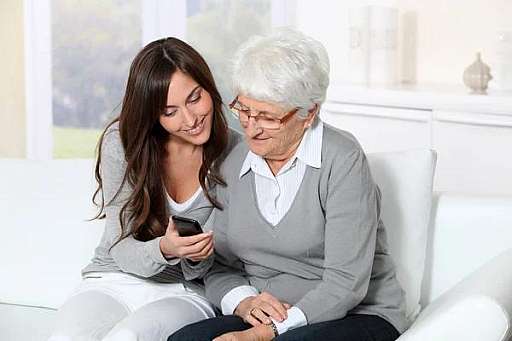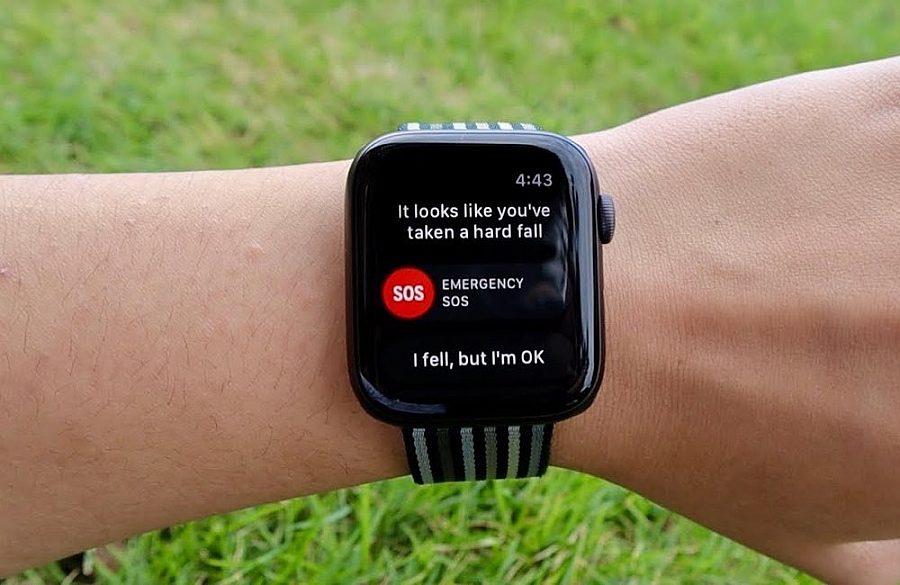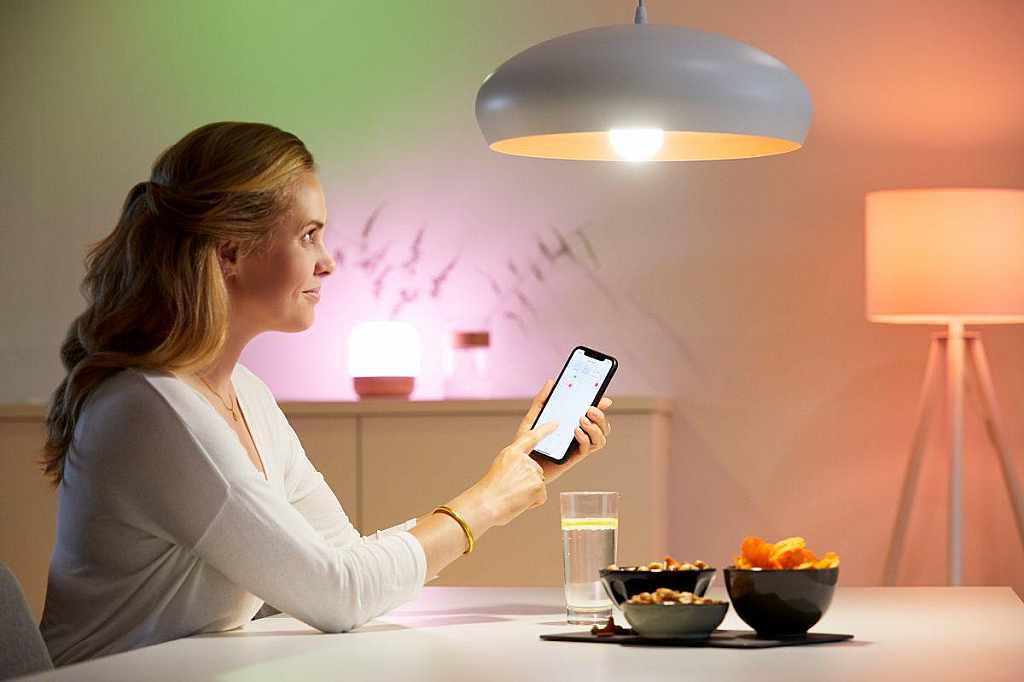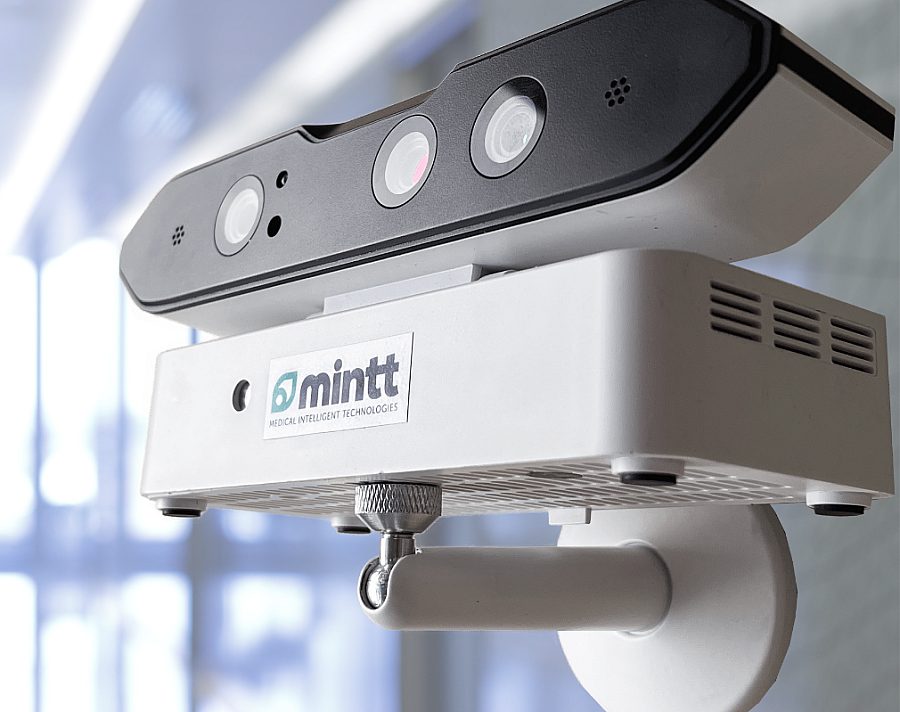
How to choose the best fall detection device
25 Apr 2023
There is a slew of new fall detection technologies coming to the market. When looking for the right one, consider ease of use, comfort, coverage, price, and accuracy.

25 Apr 2023
There is a slew of new fall detection technologies coming to the market. When looking for the right one, consider ease of use, comfort, coverage, price, and accuracy.
Wearables are portable devices such as fall detector bracelets for seniors, necklaces, or clips. They are worn by the person and are equipped with motion sensors that can detect sudden, abrupt movements associated with a fall. Some wearables are also equipped with GPS devices to allow for accurate location during a fall.
The advantages of a wearable fall sensor include that it can be always worn for continuous monitoring, they are generally easy to use and configure, and some solutions are waterproof and water resistant. However, these devices can be triggered by movements unrelated to a fall, such as sudden movements due to physical activity. In addition, the person must always wear the sensor for complete monitoring, which requires an effort on the person's part, plus some maintenance. For some, the bracelets are not self-triggered and need the person to press an SOS button to send an emergency call, which is a problem if the person is unconscious after the fall.

A fall-sensor-connected watch is a wearable device that monitors movement and alerts if the person suffered an important impact. This type of device can be beneficial for accompanying hikers or cyclists.
These watches can detect signs that a person is losing their balance and can thus send an alert via the user's phone or call for help. However, the drawback of this device is that it requires the individual to wear a watch at all times and is, therefore, impractical in situations considered risky at home. In addition, its complexity can make it challenging to use for older people.

It is possible to use mobile apps to detect falls. These apps leverage the smartphone's motion sensors to detect sudden, abrupt movements associated with a fall. Some apps can even send a warning message to a predefined emergency contact if a fall is detected.
However, the main drawback of these apps is that the person must always carry their phone; otherwise, the fall cannot be detected. In addition, the effectiveness of these applications can be limited due to unprecise glocalization or configuration.

Some connected lights can act as a fall sensor. Although convenient and complete in terms of monitoring options (weather, heart rate monitoring, etc.), they are not specialized in fall detection and are not equipped with the best possible technologies to manage this issue.

Mintt has developed an innovative solution that uses artificial intelligence and over 100,000 hours of studied footage to detect falls with an unparalleled accuracy. This sensor has been designed specifically for healthcare facilities to assist caregivers in their daily work. With its advanced sensors, this system can see a fall immediately and instantly alert caregivers for prompt attention.
Mintt also offers anonymized sequences that allow for a detailed analysis of the fall, day and night, to better understand the circumstances that caused it. This point, in particular, makes all the difference with other systems, whatever they may be. By carefully studying these images, the care team can identify risk factors and implement preventive measures to avoid a recurrence of the fall.
With a clearly explained confidentiality system, patients and their families are informed and involved in the process, building trust between all parties. In this way, Mintt establishes a trusting and privacy-friendly approach while offering a high-performance solution for looking after people at risk of falling.

Various fall protection systems exist. However, not all are equal. It is essential to have a reliable, efficient, and easy-to-use design. A system that gives false alarms, for example, should be avoided at all costs. Indeed, instead of helping the caregiver in his work, this system would add a burden, requiring him to work twice as hard, and would thus contribute to his professional exhaustion. Moreover, repeated false alarms could discredit accurate warnings, to which the exhausted staff would pay less attention.

Mintt, an expert in the field of gerontology, is enthusiastically preparing to take part in the 2024 edition of Arab Health, to be held from January 29 to February 1.
12 Dec 2023

Mintt, at the forefront of technological innovation, is redefining the way we approach the safety and well-being of the elderly.
06 Dec 2023

At Mintt, it all began with a heartbreaking personal story. One of our founders saw his beloved grandmother lying on the ground for hours after a fall, and it clicked.
04 Dec 2023
This website uses cookies
We use cookies to provide you with a better visitor experience. Our website tracks three levels of cookies, you can go to cookie settings to manage your preferences at any time. You can read more about what cookies are and which cookies we collect in our privacy policy.
Cookie settings
We use cookies to provide you with a better visitor experience. Our website tracks three levels of cookies. You can adjust your preferences at any time. You can read more about what cookies are and which cookies we collect in our privacy policy.
Adjust your preferences
Functional cookies are necessary cookies that ensure that the website functions properly and that your preferences (e.g. language, region) are stored properly.
The cookies we use are: essential cookies, craft cms and vimeo
Analytical cookies allow us to analyze the use of the website and to improve the visitor experience.
The cookies we use are: Google Analytics, LEADforensics and leadinfo
Marketing cookies aim to personalize your experience and send you relevant content and offers on this and other websites.
The cookies we use are: Linkedin Insights, Google ads